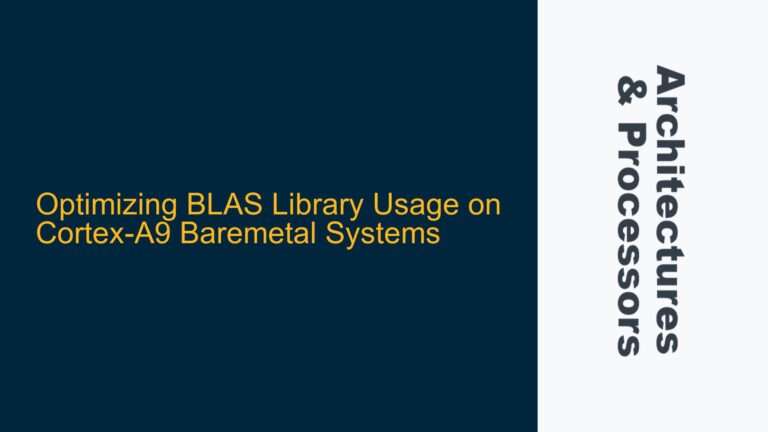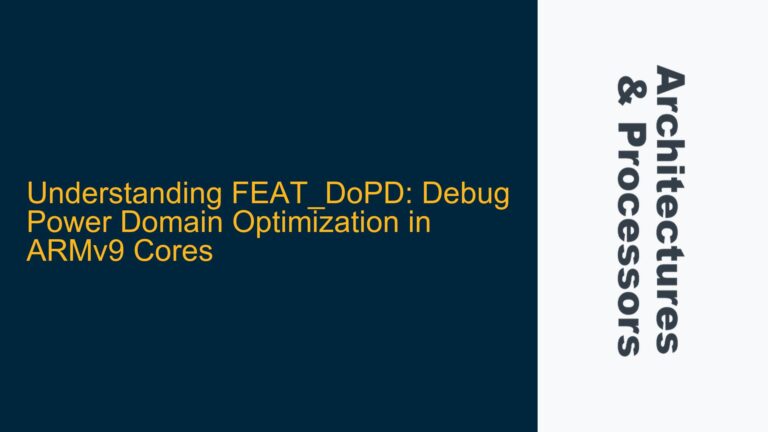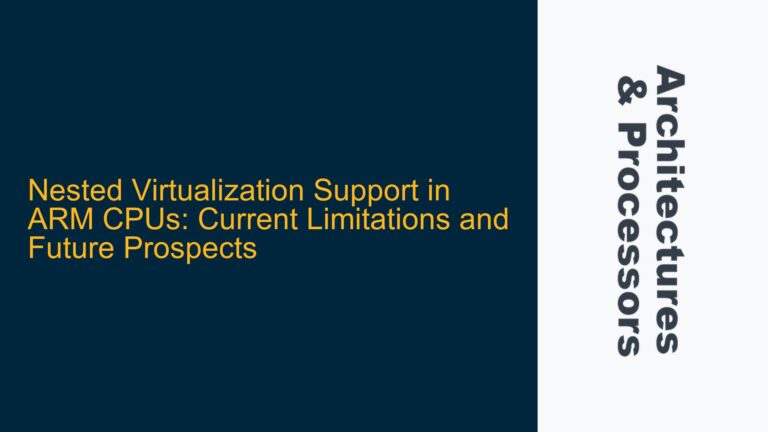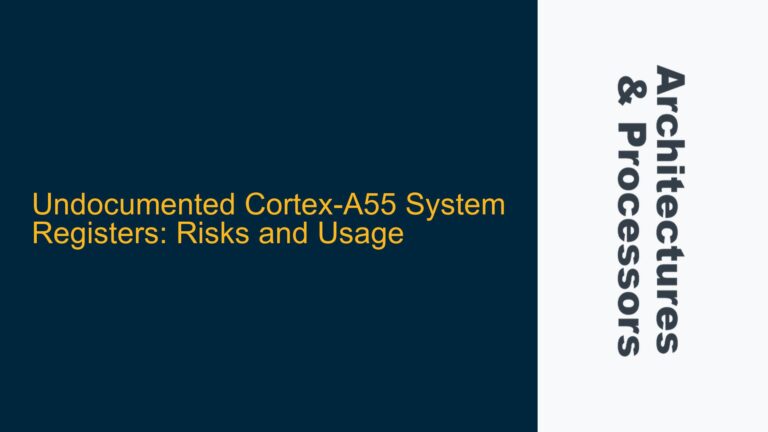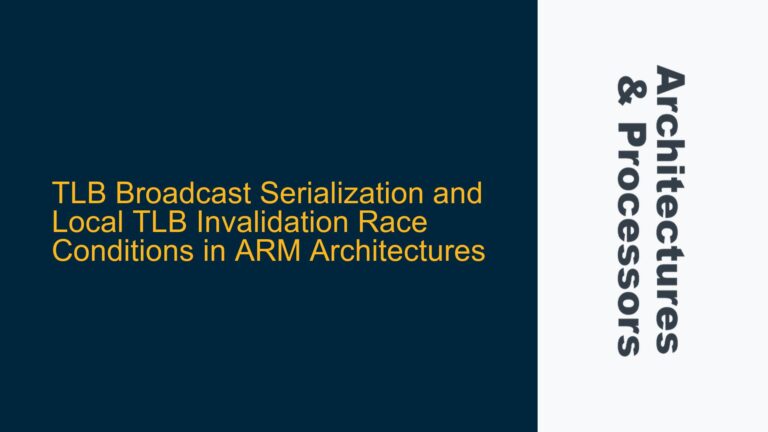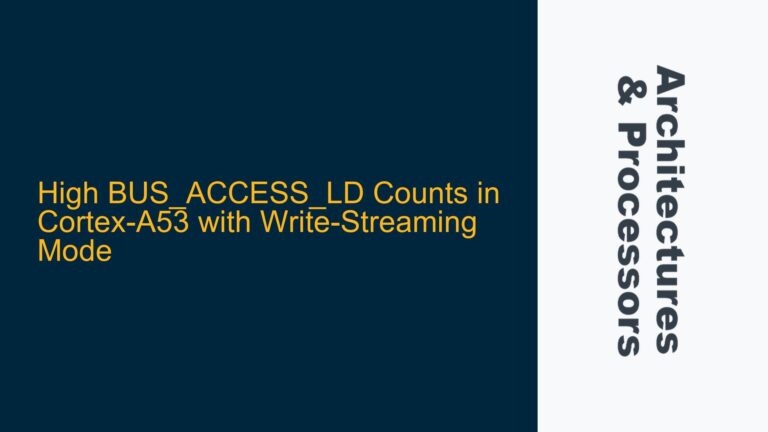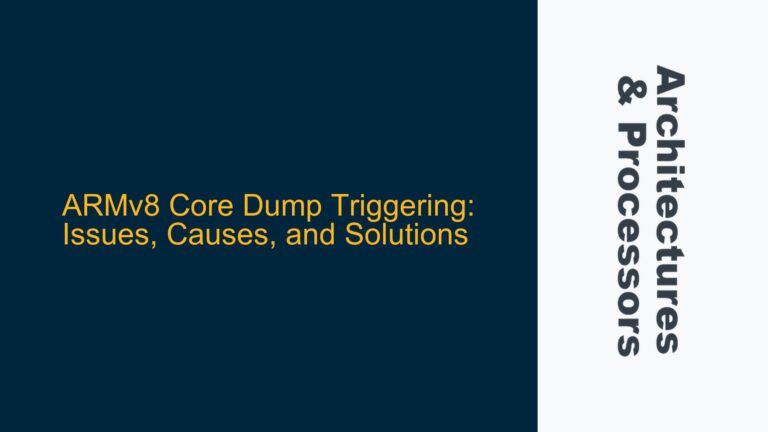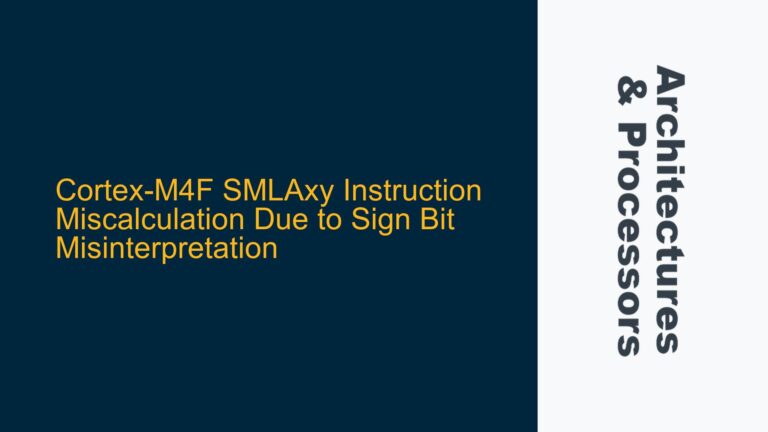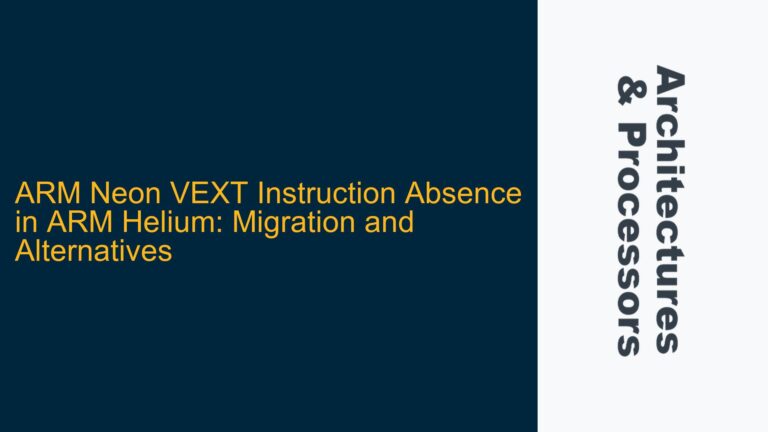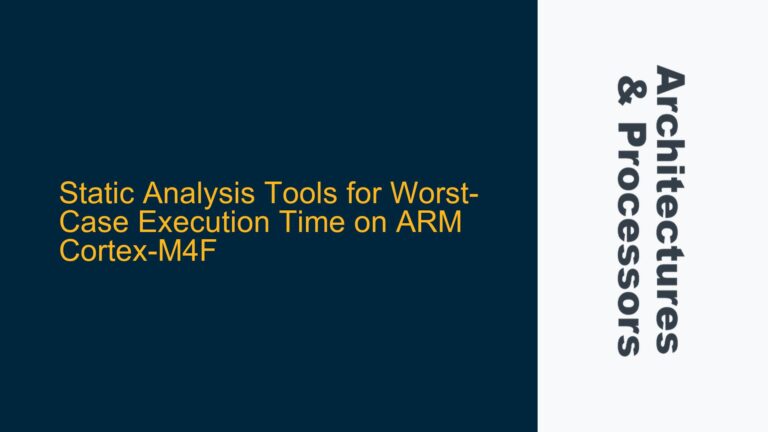Optimizing BLAS Library Usage on Cortex-A9 Baremetal Systems
BLAS Library Integration Challenges on Cortex-A9 Baremetal Systems Integrating the Basic Linear Algebra Subprograms (BLAS) library into a baremetal system based on the ARM Cortex-A9 processor presents a unique set of challenges. The Cortex-A9, known for its dual-core configuration and advanced features like out-of-order execution and NEON SIMD capabilities, is a powerful processor for embedded…
